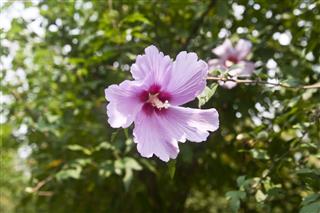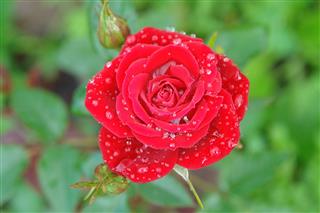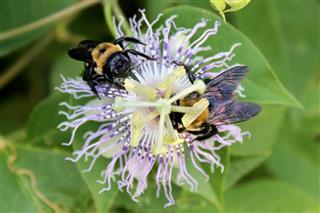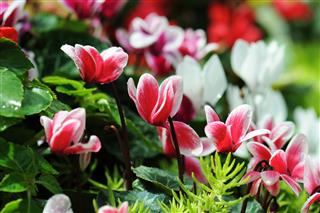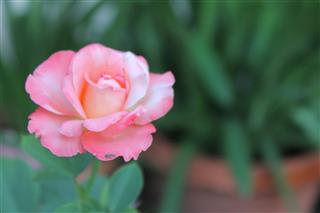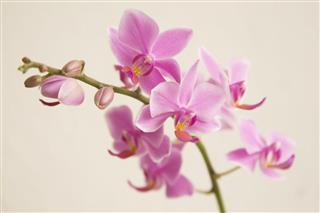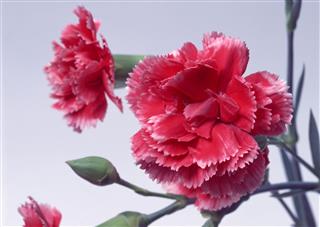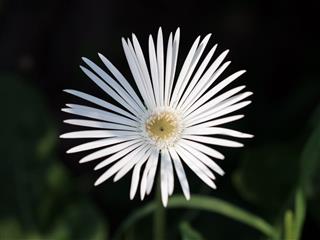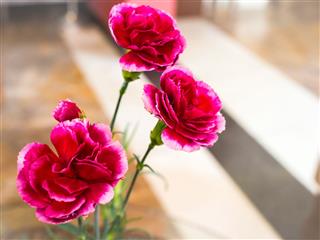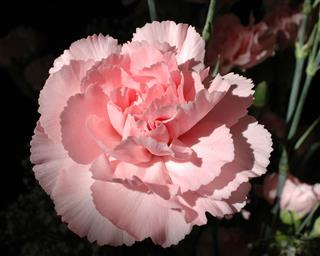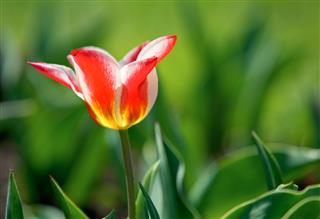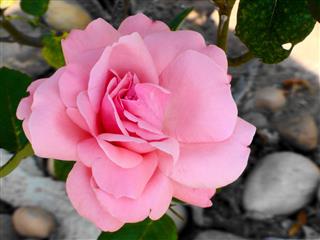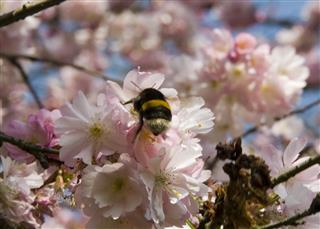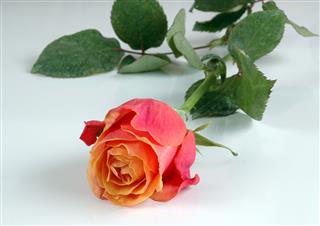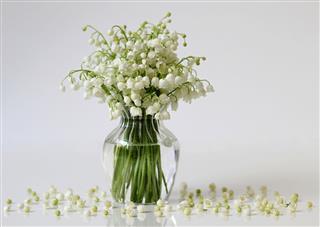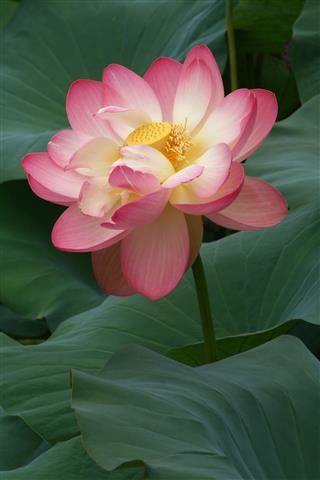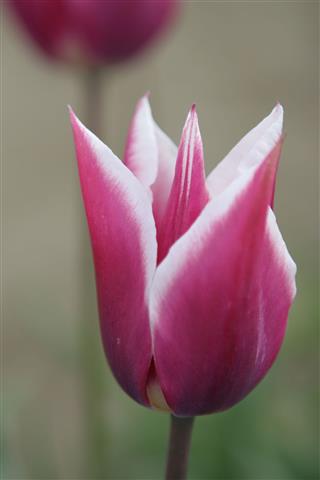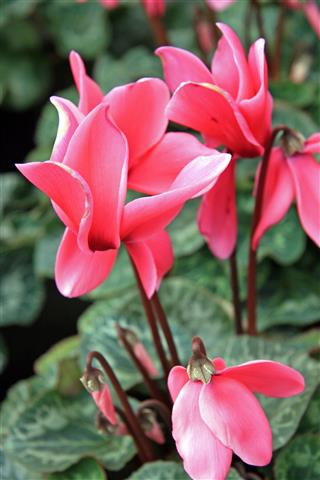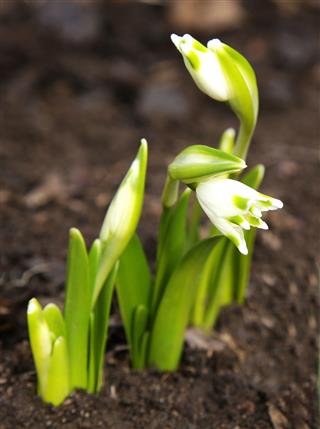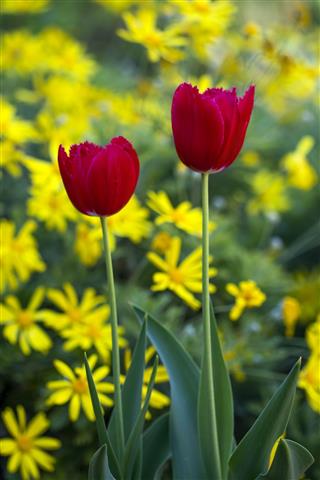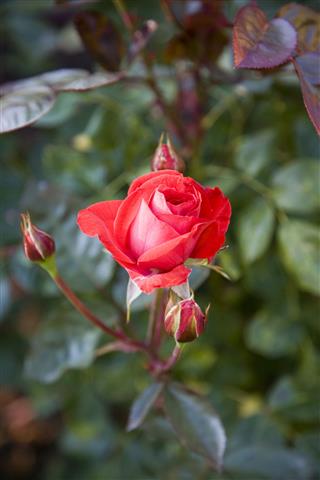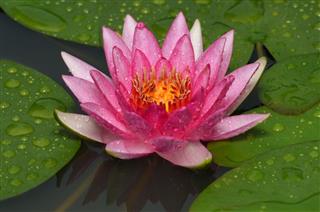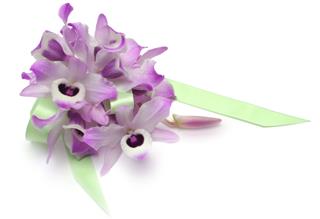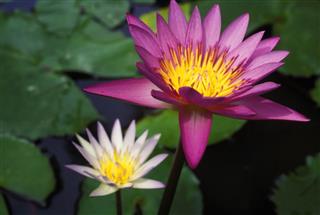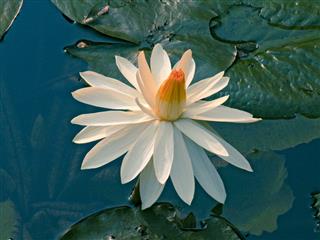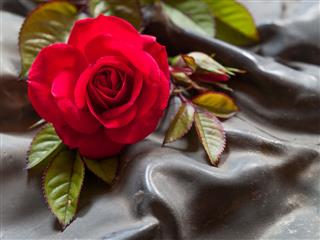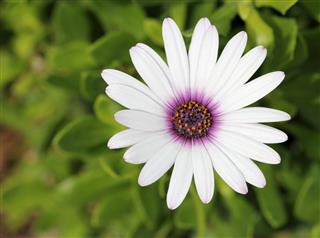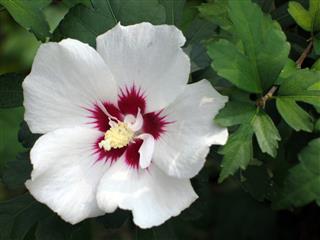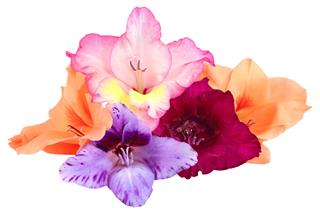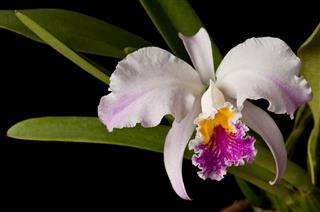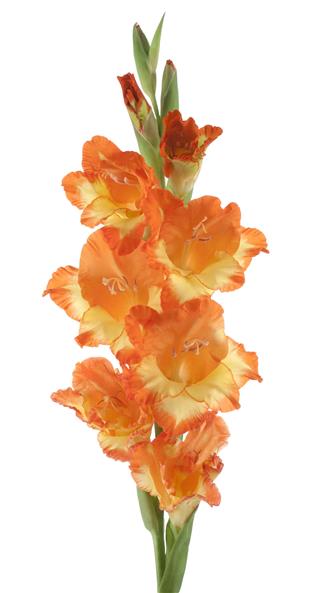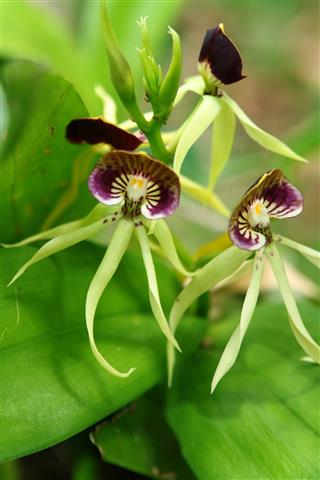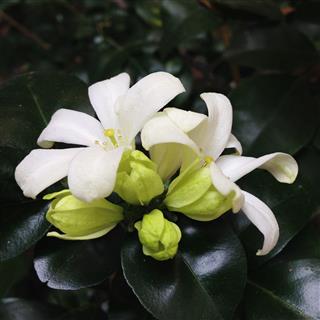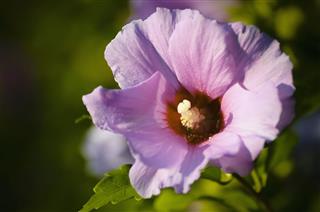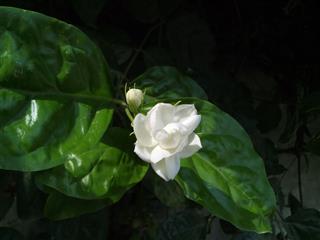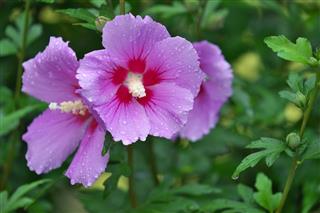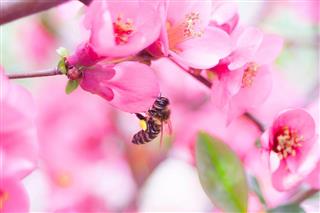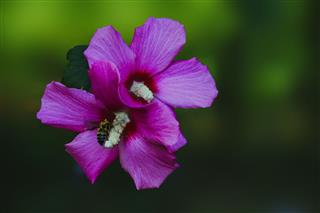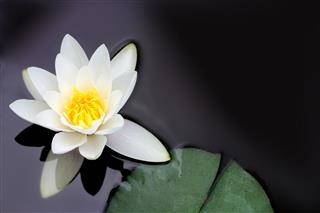
Most countries of the world have a designated national flower that forms their floral emblem. Here’s a list of countries and their national flowers.
Did you know…
… that even though Rose was declared as the floral emblem of the United States of America in the year 1986, its usage is not as common as that of the floral emblems of individual American states.
Each country in the world has numerous national symbols, which are extremely important for its national identity. These symbols include various things such as the nation’s flag, the national anthem or more tangible things like a national bird, plant or flower. These become unique entities that represent a particular country.
A large number of countries across the globe have defined floral emblems. Some of them are decided by the governments of these countries, while others are decided by means of public polls. Given below is a list of national flowers of various countries of the world.
ASIA
Afghanistan

Tulip
Tulipa
Bangladesh

Shapla (White water lily)
Nymphaea pubescens
Bhutan

Blue Poppy
Meconopsis grandis
China

Plum Blossom
Prunus mume
Hong Kong

Hong Kong Orchid
Bauhinia blakeana
India

Lotus
Nelumbo nucifera
Iraq

Red Rose
Rosa
Israel

Cyclamen
Cyclamen
Japan

Sakura (Cherry Blossom)
Prunus serrulata
Jordan

Black Iris
Iris nigricans
Kazakhstan

Lily
Lilium
Laos

Frangipani
Plumeria alba
Malaysia

Bunga Raya (Shoe Flower)
Hibiscus rosa-sinensis
Maldives

Pink Polyantha Rose
Rosa polyantha
Nepal

Rhododendron
Rhododendron
North Korea

Magnolia
Magnolia sieboldii
Pakistan

Poet’s Jasmine
Jasminum officinale
Philippines

Sampaguita (Arabian Jasmine)
Jasminum sambac
Russia

Chamomile
Matricaria chamomilla
Singapore

Vanda Miss Joaquim
Hybrid Cultivar
Syria

Jasmine
Jasminum
Vietnam

Lotus
Nelumbo nucifera
• Brunei – Simpoh Ayer (Dillenia suffruticosa)
• Kuwait – Arfaj (Rhanterium epapposum)
• Myanmar – Paduak (Pterocarpus indicus)
• Sri Lanka – Water Lily (Nymphaea stellata)
• Thailand – Golden Shower Tree (Cassia fistula)
• Cambodia – Romduol (Mitrella mesnyi)
• Indonesia – Jasmine (Jasminum sambac)
• Iran – Tulip (Tulipa)
• South Korea – Rose of Sharon (Hibiscus syriacus)
Europe
Andorra

Narcissus
Narcissus
Belarus

Wild Blue Flax
Linum usitatissimum
Belgium

Red Poppy
Papaver rhoeas
Bulgaria

Damask Rose
Rosa × damascena
Croatia

Iris
Iris croatica
Czech Republic

Rose
Rosa
England

Red Rose
Rosa
Estonia

Cornflower
Centaurea cyanus
Faroe Islands

Marsh Marigold
Caltha palustris
France

Iris
Iris
Germany

Blue Cornflower
Centaurea cyanus
Greece

Bear’s Breech
Acanthus mollis
Hungary

Tulip
Tulipa
Iceland

Mountain Avens
Dryas octopetala
Latvia

Oxeye Daisy
Leucanthemum vulgare
Liechtenstein

Yellow Lily
Lilium
Lithuania

Rue
Ruta graveolens
Macedonia

Opium Poppy
Papaver somniferum
Monaco

Carnation
Dianthus caryophyllus
Norway

Pyramidal Saxifrage
Saxifraga cotyledon
Poland

Red Poppy
Papaver rhoeas
Portugal

Lavender
Lavandula spica
Romania

Dog Rose
Rosa canina
Scotland

Scotch Thistle
Onopordum acanthium
Serbia

Plum Blossom
Prunus domestica
Slovakia

Rose
Rosa
Switzerland

Edelweiss
Leontopodium alpinum
The Netherlands

Tulip
Tulipa
Wales

Daffodil
Narcissus
• Bosnia and Herzegovina – Golden Lily (Lilium bosniacum)
• Finland – Lily of the Valley (Convallaria majalis)
• Ireland – Shamrock (Trifolium dubium)
• Malta – Maltese Rock Centaury (Cheirolophus crassifolius)
• Austria – Edelweiss (Leontopodium alpinum)
• Cyprus – Cyclamen (Cyclamen cyprium)
• Gibraltar – Candytuft (Iberis gibraltarica)
• Italy – Daisy (Bellis perennis)
• Luxembourg – Rose (Rosa)
• Slovenia – Carnation (Dianthus caryophyllus)
• Spain – Carnation (Dianthus caryophyllus)
• Ukraine – Sunflower (Helianthus annuus)
AFRICA
Angola

Welwitschia
Welwitschia mirabilis
Botswana

Rose
Rosa
Burkina Faso

Rose
Rosa
Egypt

Egyptian Lotus
Nymphaea lotus
Ethiopia

Calla Lily
Zantedeschia aethiopica
Gabon

African Tulip
Spathodea campanulata
Lesotho

Spiral Aloe
Aloe polyphylla
Liberia

Pepper
Piper nigrum
Libya

Pomegranate Blossom
Punica granatum
Namibia

Welwitschia
Welwitschia mirabilis
South Africa

King Protea
Protea cynaroides
Tunisia

Jasmine
Jasminum grandiflorum
• Mauritius – Boucle d’Oreille (Trochetia boutoniana)
• Nigeria – Spiral Ginger (Costus spectabilis)
• Algeria – Iris (Iris tectorum)
• Madagascar – Royal Poinciana (Delonix regia)
• Zambia – Bougainvillea (Bougainvillea)
• Zimbabwe – Flame Lily (Gloriosa superba)
NORTH AMERICA
Antigua and Barbuda

Dagger Log
Agave karatto
Barbados

Pride of Barbados
Caesalpinia pulcherrima
Costa Rica

Orchid
Guarianthe skinneri
Cuba

White Mariposa
Hedychium coronarium
El Salvador

Flor de Izote
Yucca gigantea
Mexico

Dahlia
Dahlia
Nicaragua

Sacuanjoche
Plumeria alba
Panama

Holy Ghost Orchid
Peristeria elata
St. Kitts & Nevis

Red Royal Poinciana
Delonix regia
The Bahamas

Yellow Elder
Tecoma stans
• Belize – Black Orchid (Prosthechea cochleata)
• Bermuda – Strict blue-eyed grass (Sisyrinchium montanum)
• Dominica – Caribwood (Poitea carinalis)
• Dominican Republic – Mahogany Tree Flower (Swietenia mahagoni)
• Guatemala – Monja Blanca (Lycaste skinneri)
• Honduras – Orquídea Brassavola (Rhyncholaelia digbyana)
• Jamaica – Lignum Vitae (Guaiacum officinale)
• Puerto Rico – Flor de Maga (Thespesia grandiflora)
• Trinidad and Tobago – Chaconia (Warszewiczia coccinea)
• Canada – Canada does not have a designated national flower; it uses a maple leaf as its emblem. However, each of its provinces has its own floral emblem that is commonly used.
SOUTH AMERICA
Argentina

Ceibo
Erythrina crista-galli
Columbia

Christmas Orchid
Cattleya trianae
Guyana

Victoria Regia Lily
Victoria amazonica
Peru

Cantuta
Cantua buxifolia
Uruguay

Passion Flower
Passiflora
• Chile – Copihue (Lapageria rosea)
• Paraguay – Mburucuyá (Passiflora edulis)
• Bolivia – Lobster claw (Heliconia rostrata)
• Brazil – Golden Trumpet (Tabebuia alba)
• Venezuela – Flor de Mayo (Cattleya mossiae)
OCEANIA
Australia

Golden Wattle
Acacia pycnantha
New Zealand

Pohutukawa
Metrosideros excelsa
• Tahiti, French Polynesia and the Cook Islands – Tahitian Gardenia (Gardenia taitensis)
• Fiji – Tagimaucia (Medinilla waterhousei)
• Tonga – Heilala (Garcinia sessilis)
National flowers thus, are important elements which, in a way, symbolize the nation as a whole. Every country has its own criteria to choose their national flower. Some of the major parameters include the flower’s indigenousness, its connection with the country’s history and culture, its sacred connotations, and its popularity with the country’s citizens. A given flower should fulfill at least one of these criteria in order to qualify as a national flower.
